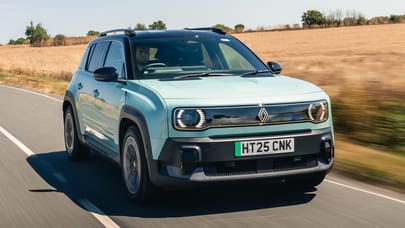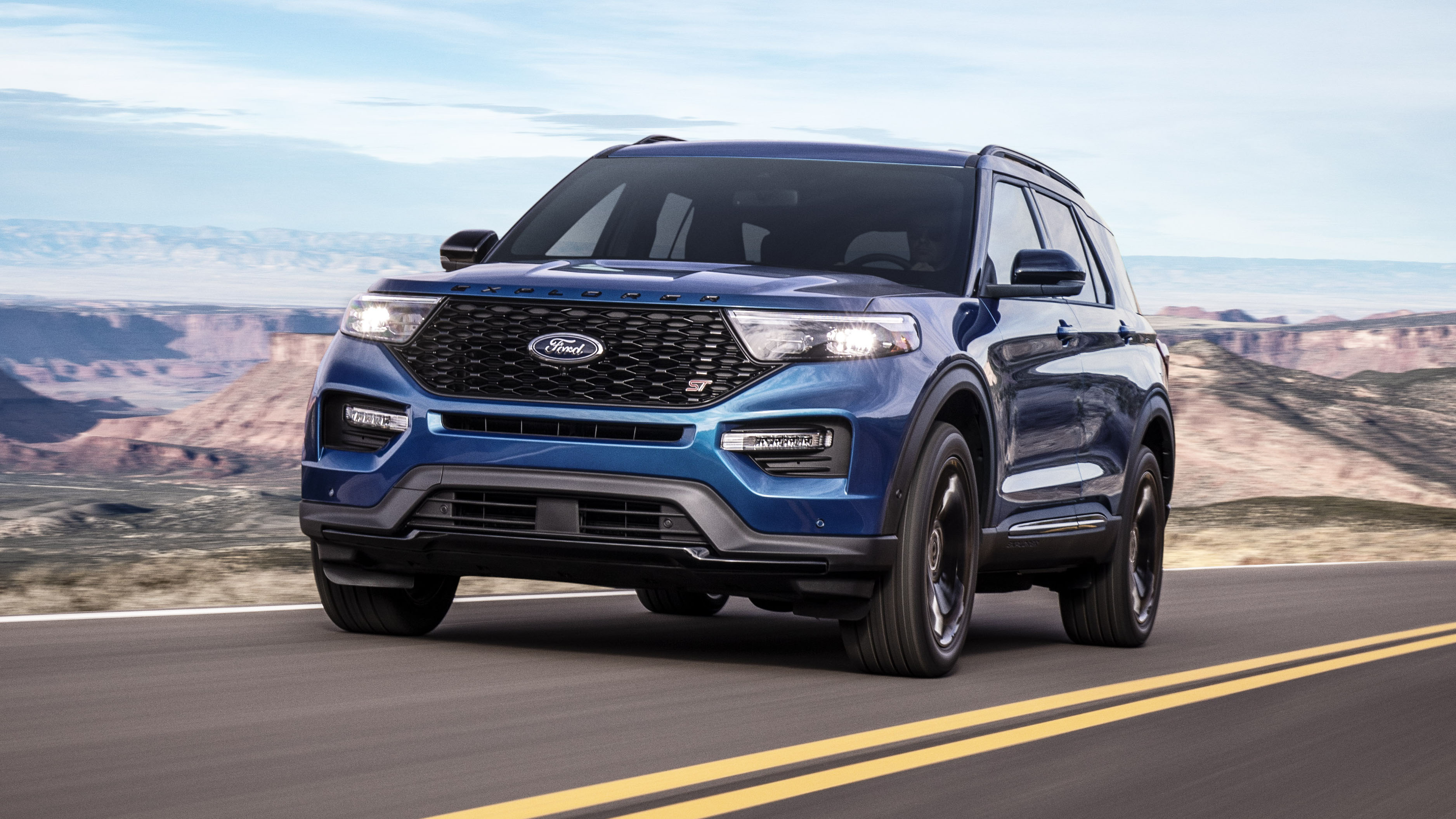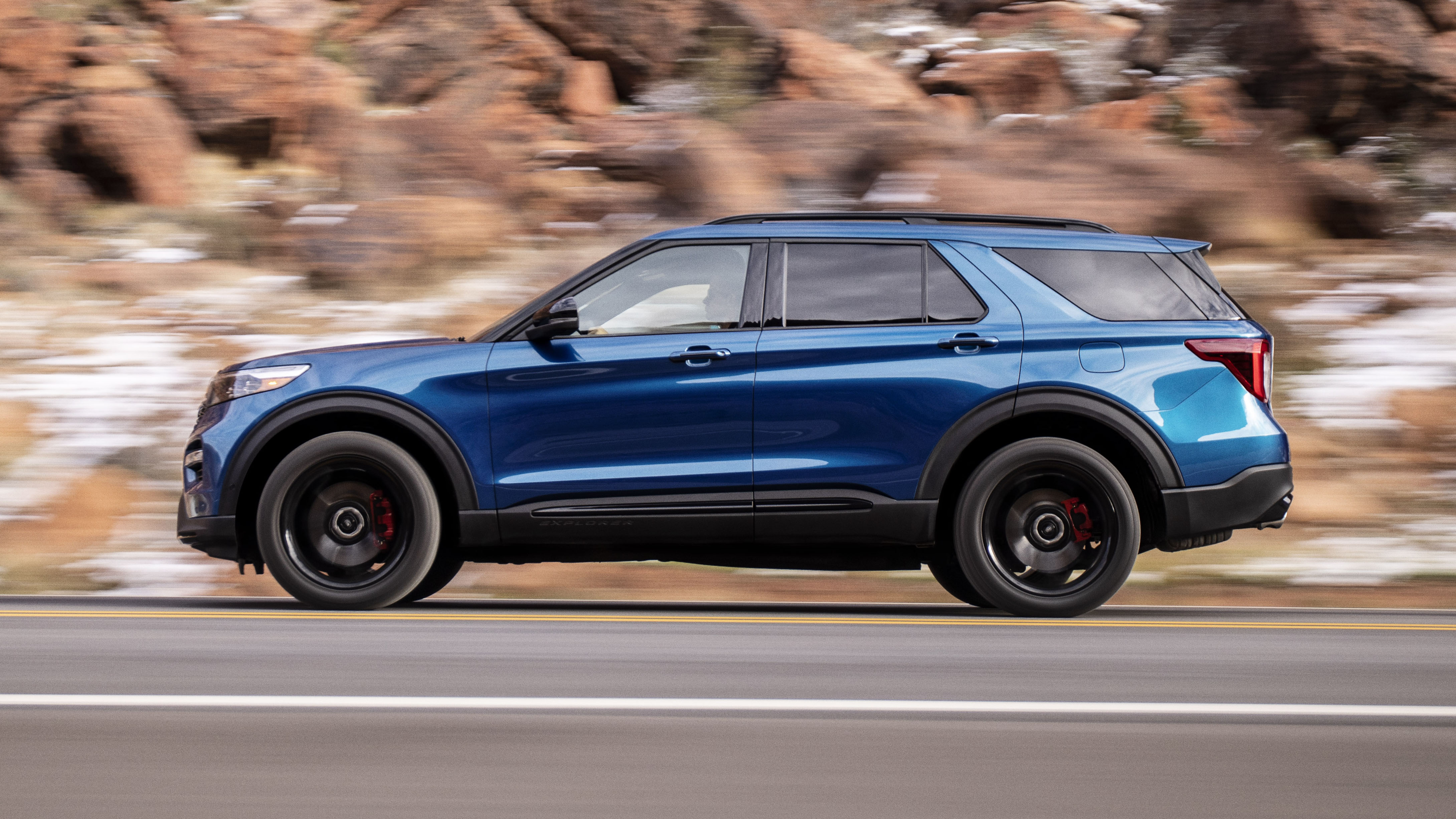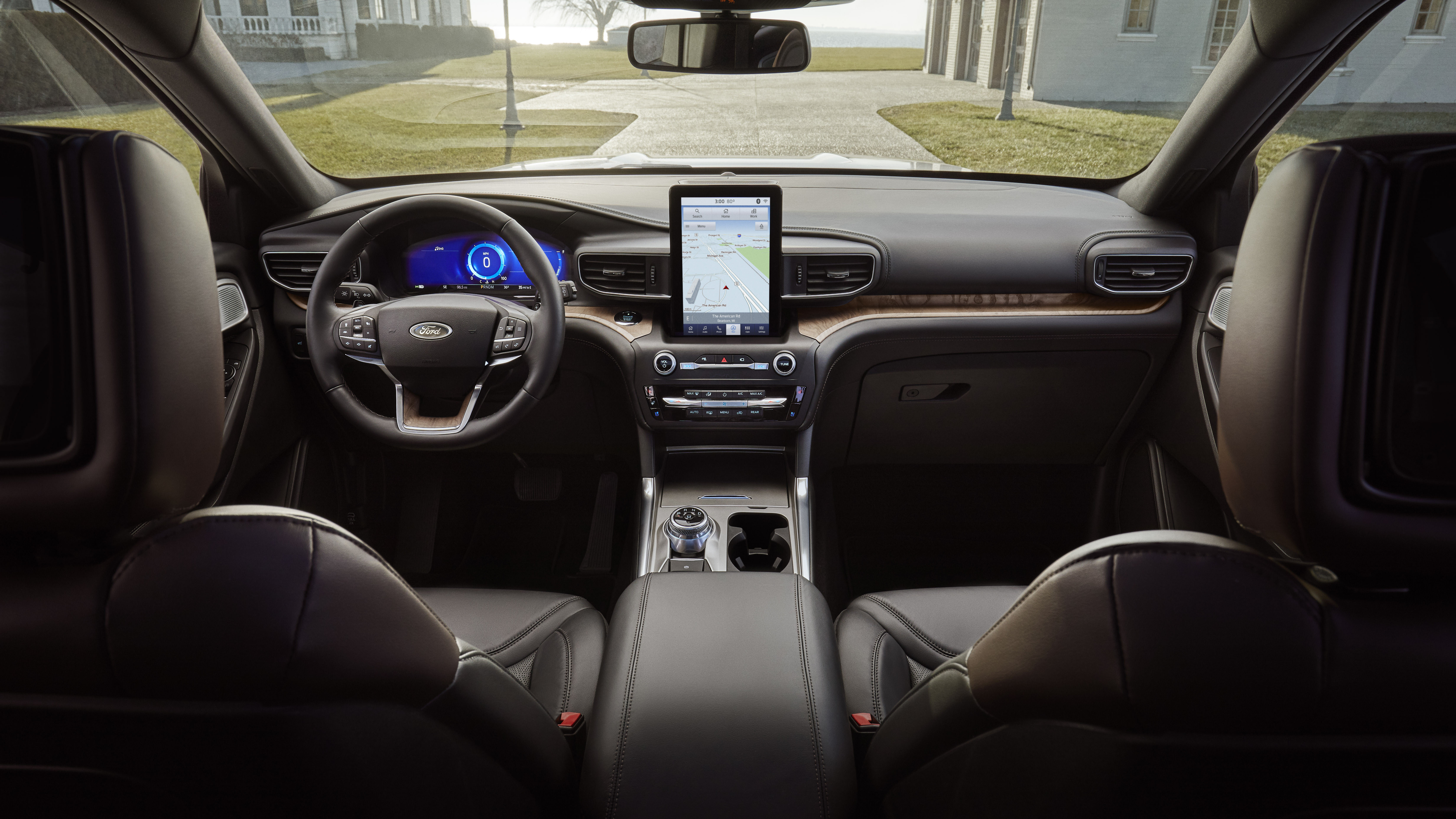
Ford Explorer review
Driving
What is it like to drive?
Right off the bat, the new Explorer steers, brakes and accelerates way better than the model it replaces. The steering has more feel, body roll is better checked and as a result you feel far more confident throwing it around. Off-road, the Explorer is more than capable enough to handle even quite unreasonably savage grades, rocks, water and mud. Those observations are true of all the models tested.
Where the real differences lie is in the drivetrains. Even though this is the first time we have driven the hybrid version, and it was a pre-production model, we came away disappointed with it. In normal driving it doesn’t offer any benefit over the base-engined car. It’s noisier, spends more time hunting for gears and is generally less smooth in action.
Over the test route it didn’t appear any more economical and the brake pedal lacked feel to boot. Which makes it currently nigh on impossible to justify the $4,150 extra cost of selecting the hybrid over the 2.3-litre four.
The 3.0-litre twin turbo engine in the Platinum is a much easier sell. Feeling perfectly tuned to move the Explorer with confidence, reliability and civility, it is absolutely the engine to choose if your budget can run to it. It gives the whole package a more effortless, luxurious feel.
Likewise, the 400bhp ST model, distinctly unlike the Edge ST, is a properly sorted sports SUV. While lacking the outright ferocity of some of the competition, it nonetheless moves down the road and around whatever you point it at with style, speed and fine-level control. Just like an ST badged vehicle should. A head-to-head with the Dodge Durango SRT will be an interesting match.
Away from the drivetrains and chassis, the optional active safety package works well, only making itself known as and when the need arises. Likewise, road and wind noise is well suppressed in all models, which will make longer journeys less taxing.
Featured

Trending this week
- Car Review
BMW 1 Series
- Top Gear's Top 9
Nine dreadful bits of 'homeware' made by carmakers






